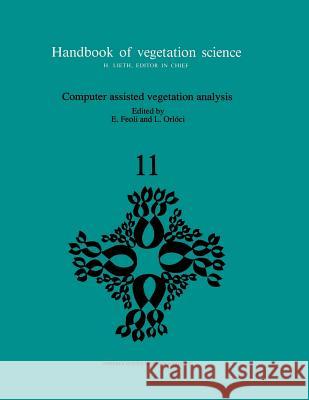Computer Assisted Vegetation Analysis » książka
Computer Assisted Vegetation Analysis
ISBN-13: 9789401055123 / Angielski / Miękka / 2012 / 498 str.
There are many books and computer programs dealing look ahead rather than pondering the past. This is a with data analysis. It would be easy to count at least a manual of recent views that evolved in the study of hundred, yet few of these would show applications in vegetation. This book is intended to emphasize the new vegetation science. Today in the face of environmental acquisitions which we believe significantly affect the degradation caused by anthropogenic pressures on the future of vegetation analysis: biosphere there is added urgency to study vegetation 1. Vegetation is a 'fuzzy' system, it must be treated as processes and dynamics in order to understand their role such at the set level, where the idea ofconceptualized in regulating the water, oxygen and the carbon cycles, in patterns must drive the research design. relation to global warming and ozone layer depletion. It 2. Vegetation cannot be seen only in the perspective of a is well known that ecology was developed first in vegeta- traditional taxonomy based on the species concept; tion studies (see Acot 1989) but after an active period character sets of ecological value must enter into marked by intensive phytoclimatic and synecological consideration and a hierarchical analysis of patterns studies, vegetation science entered in a rather dormant and processes should be the basis of comparisons. period. Other ecological disciplines such as animal popu- 3.











